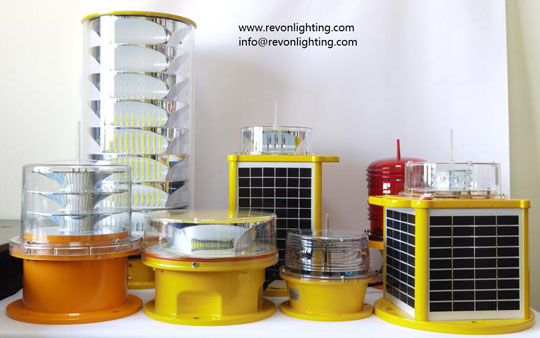Enhancing Aerial Safety with Aircraft Warning Lights
Introduction
When it comes to aviation safety, the role of warning lights on aircraft cannot be underestimated. These specialized lights, commonly known as aircraft warning lights, serve as crucial visual aids that enhance visibility and ensure the safe operation of aircraft. In this article, we will explore the significance of warning lights on aircraft, their various types, and how they contribute to a safer airspace for all.
1. Types of Aircraft Warning Lights
There are different types of warning lights installed on aircraft to cater to specific safety requirements. The most common types include:
Strobe Lights: These bright, high-intensity lights produce brief flashes of light and are usually located on the wingtips and tail of an aircraft. They are highly effective in improving visibility during takeoff, landing, and while taxiing on the runway.
Navigation Lights: Consisting of red, green, and white lights, navigation lights are positioned on the wingtips and tail of an aircraft. These lights help other pilots and ground personnel determine the position and direction of an aircraft during flight or when it is stationary.
Anti-Collision Beacon Lights: These lights emit a rotating or flashing pattern and are primarily installed on the top and bottom of an aircraft. Anti-collision beacon lights improve aircraft visibility during both day and night flights, allowing other pilots to identify the presence and location of the aircraft, thus reducing the risk of mid-air collisions.

2. Importance of Aircraft Warning Lights
Aircraft warning lights play a pivotal role in ensuring the safety of air travel. Here are some key reasons why these lights are of utmost importance:
Enhanced Visibility: Warning lights significantly improve the visibility of an aircraft, particularly during low-light conditions, inclement weather, or nighttime operations. They make the aircraft more conspicuous to other pilots, air traffic controllers, and ground personnel, reducing the chances of accidents caused by poor visibility.
Collision Avoidance: By incorporating different types of warning lights, aircraft can effectively communicate their position and movement to others in the vicinity. This helps pilots avoid potential collisions during critical phases of flight, such as takeoff, landing, or when flying in congested airspace.
Regulatory Compliance: Aviation authorities worldwide mandate the use of specific warning lights on various types of aircraft. Compliance with these regulations ensures uniform safety standards across the industry and promotes consistent adherence to best practices.
| warning lights aircraft | Aircraft Warning Lights |
3. Advancements in Warning Light Technology
Over the years, advancements in technology have led to significant improvements in aircraft warning lights. For instance:
LED Lights: Light-emitting diode (LED) technology has revolutionized aircraft warning lights, making them more energy-efficient and durable. LEDs offer longer lifespan, lower power consumption, and improved brightness compared to traditional incandescent bulbs.
Advanced Control Systems: Modern aircraft warning lights are equipped with advanced control systems that allow for customized programming and synchronization. These systems enable airlines to tailor the lighting configurations based on specific operational requirements while ensuring optimal safety.
Conclusion
Aircraft warning lights play a vital role in enhancing the safety and visibility of aircraft during all stages of flight. Whether it's strobe lights, navigation lights, or anti-collision beacon lights, each type serves a specific purpose in ensuring collision avoidance and regulatory compliance. With ongoing technological advancements, these lights continue to evolve, providing even greater efficiency, durability, and customization options. As the aviation industry strives for safer skies, the importance of aircraft warning lights cannot be overstated, contributing to a secure and efficient air travel experience for passengers and crew alike.